Pilates for knee pain: 4 moves for hikers and runners
We consult a celebrity trainer and Pilates teacher on Pilates for knee pain to keep your knees healthy and happy for running and hiking

There are few things runners and hikers fear more than knee pain. Despite picking out the very best trail running shoes, it can come along and disrupt your training, turn your favorite activity into cause for dread and leave you worried about your health and fitness. You should always see a doctor if you’re experiencing knee pain during your runs or hikes to rule out any injuries, but often, the cause is down to weakness in certain muscles (we’re looking at you, core and glutes) and strengthening those muscles might be all you need to do to help you run or hike pain-free. We spoke to celebrity trainer and founder of Natural Pilates, Laura Wilson to find out how Pilates can help your knees and help you say “goodbye” to knee pain.
“Tightness in one part of the body is correlated with weakness in another,” says Wilson, who identifies the high impact and speed of running along with the uneven trails you might be moving on in both hiking and trail running as potential aggravating factors.
“Running in general is high impact, and if a person’s knee alignment is not optimal, running can cause knee pain. Trail running is even more challenging for the joints due to the uneven surface. If there is any instability in the joints of the lower body to begin with, then you add the instability of the trail’s uneven surface, it can be very hard on the knees.”
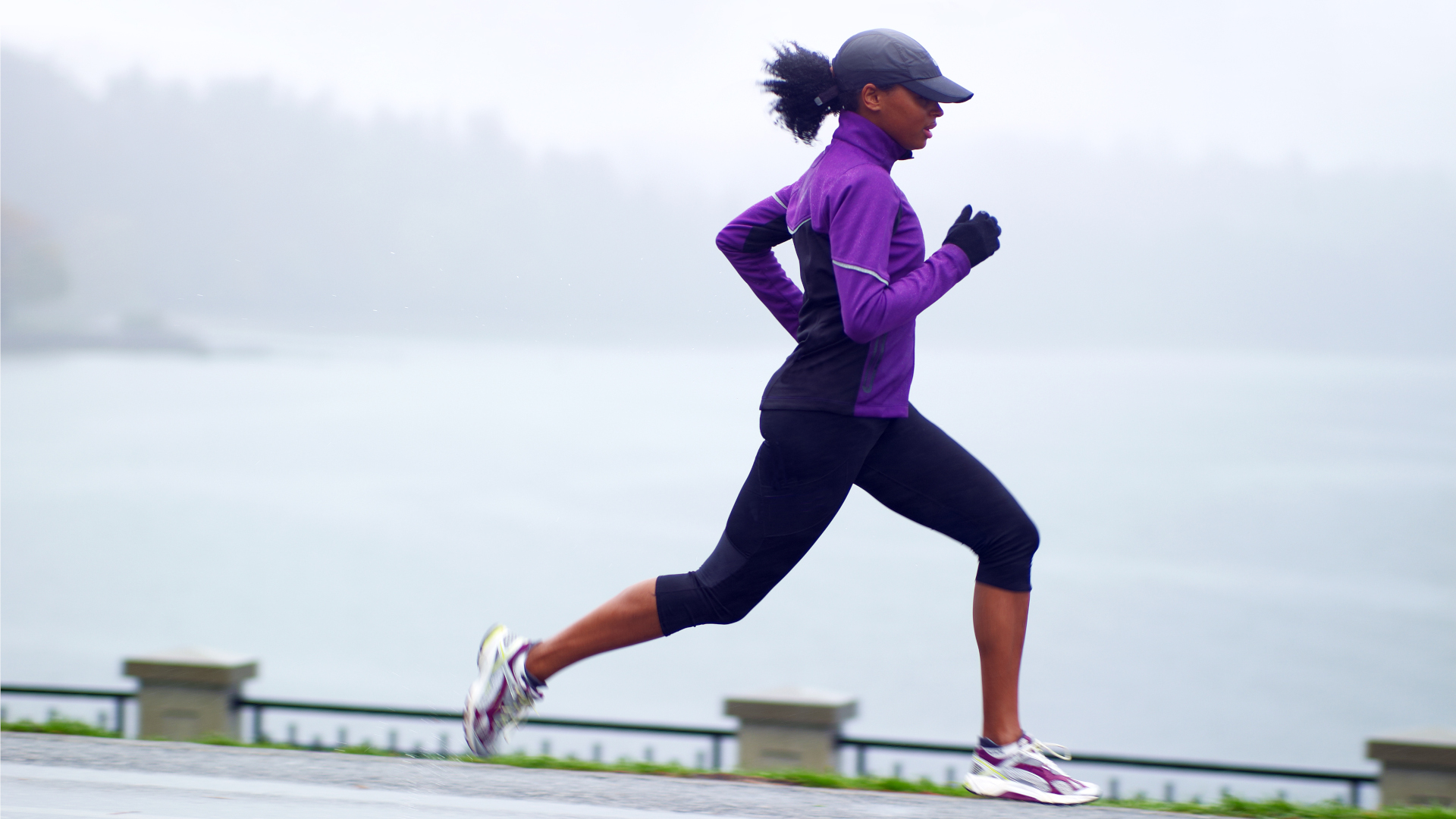
Though activities like hiking and running have been shown to improve knee painin many instances – not worsen it – weak muscles in your hips, knees or ankles can transfer too much load onto other muscles such as your quads, and can also translate as tightness. These factors can affect the stability of your knee joint and factors such as how your patella (that’s your knee cap) tracks when you’re moving. Add to this miles and hours of repetitive, weight-bearing movement, and it’s no wonder that your knees might be complaining.
In addition to smart training techniques such as warming up, slowing down on the downhills and using knee support braces, Wilson recommends a series of simple but effective Pilates exercises to help keep your knees healthy for a long-lasting running or hiking career.
“The slow, controlled movements performed in Pilates strengthen all the muscles around the knees and hips, which creates more stability in the knee joint. Many Pilates exercises help train the patella to track properly for walking, running and hiking.”
“In Pilates, we focus on core activation before every movement. A strong core and spine can help “de-weight” the joints of the lower body, which can in turn help with knee pain.”
All the latest inspiration, tips and guides to help you plan your next Advnture!
Wilson recommends the following exercises to help build strength and control, while addressing flexibility in the hips, thighs and ankles:
1. Bridging
- Three sets of 10 - 20 reps
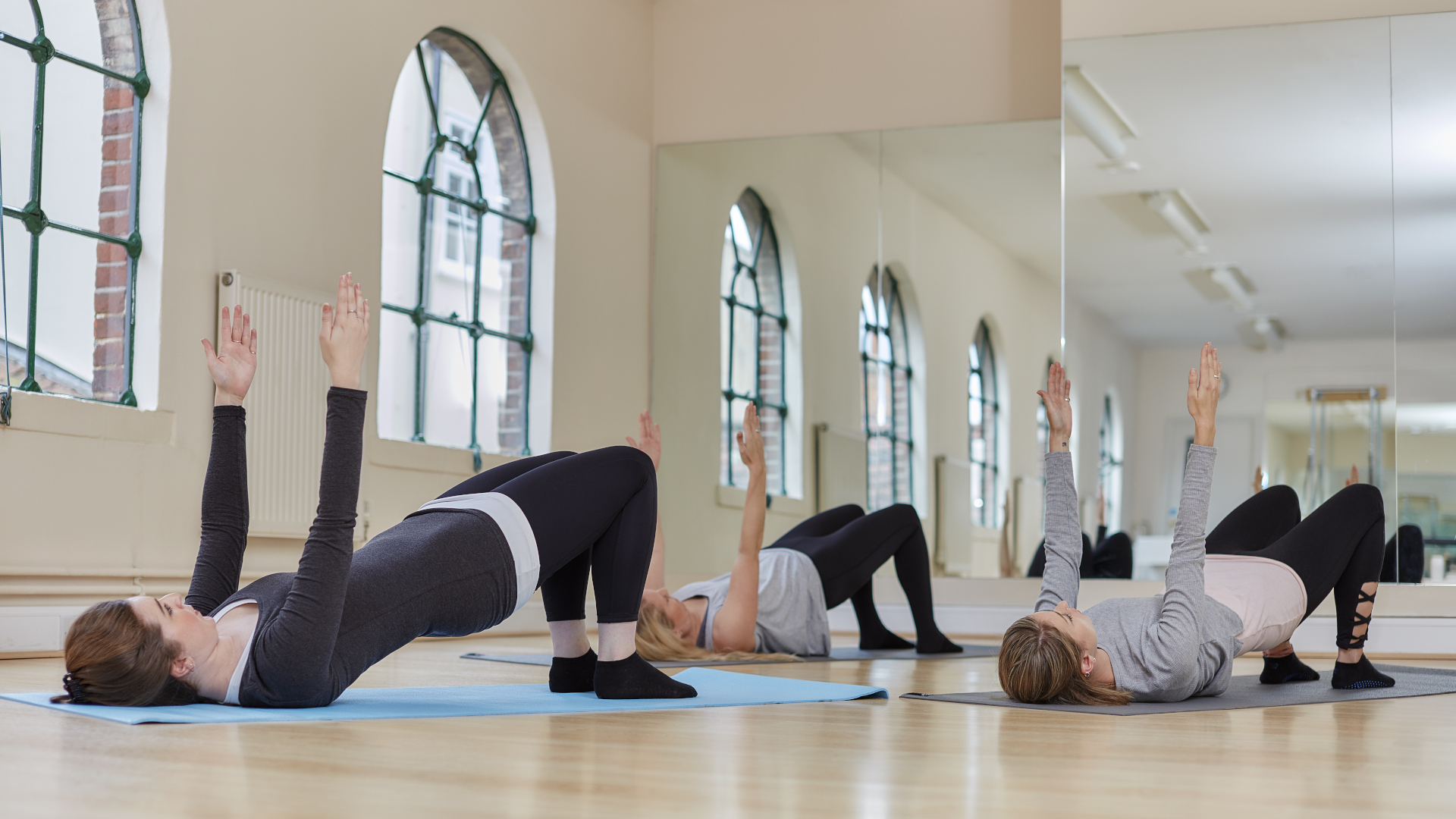
This exercise activates your hamstrings and glutes while also actively stretching the front of your hips which can get right from hiking and running, and stretches your thighs and tops of your knees.
Lie on your back, knees bent with feet flat on the mat hip distance apart. Be sure your heels are not too far from your hips and that your knees stay aligned with your hips (knees should not touch or open wider than the hips or feet). Slowly roll your spine off the mat one vertebra at a time, hold at the top, then slowly roll back down. Add pulses at the top for more challenge.
2. Hip strengthener
- Three sets of 10 - 20 reps
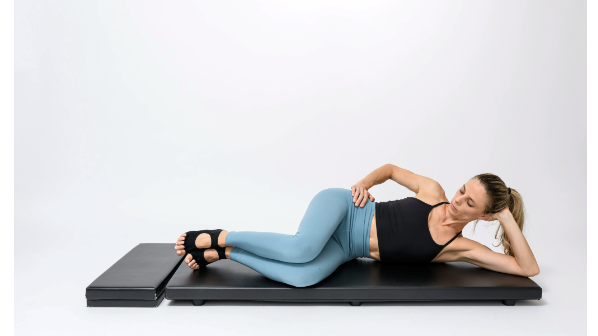
Your outer hips play an important role in stabilizing your hips and knees.
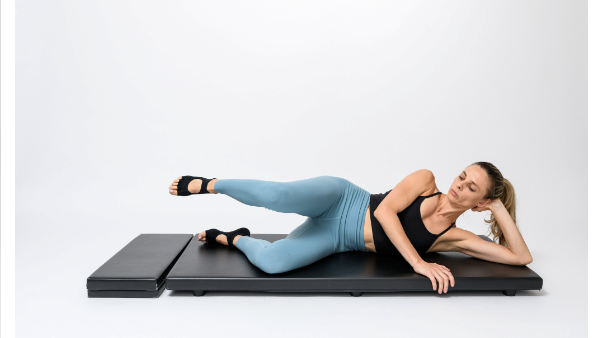
Both running and hiking strengthen the fronts of your hips (hip flexors). Hiking can be great for strengthening your glutes, but runners often suffer from weak glutes while neither activity strengthens your outer hips, which play an important role in stabilizing your hips and knees. Try these exercises to strengthen your outer hips.
Lie on your side, stack your shoulders and hips (place a pillow under your head or use your arm), bend your knees to a 90 degree angle at your hip and channel your inner Jane Fonda. Alternate between these following hip strengthening variations:
- Clams: Keep your heels connected and lift your knee as high as possible, keeping everything else stable.
- Hydrants: Lift your hip, knee, and ankle as high as possible, keeping hips stacked.
- Leg circles: With a bent or straight knee, draw circles with your thigh bone.
3. Knee flexion and extension/hamstring stretch
- Three sets of 10 - 20 reps

This exercise helps you strengthen and improve the mobility of your hamstrings, while teaching you how to bend and straighten your knee with good alignment

This exercise helps you strengthen and improve the mobility of your hamstrings, while teaching you how to bend and straighten your knee with good alignment.
Lie on your back with both knees bent, soles of the feet on the floor or mat. Bring one knee toward your chest, stopping with the knee over the hip joint. Hold the back of your thigh to stabilize your hip joint and slowly extend your leg up to the ceiling for a hamstring stretch.
This can also be done with a Flex Band around the foot, bending and extending your knee against the band’s resistance.
4. Squats
- Three sets of 10 - 20 reps
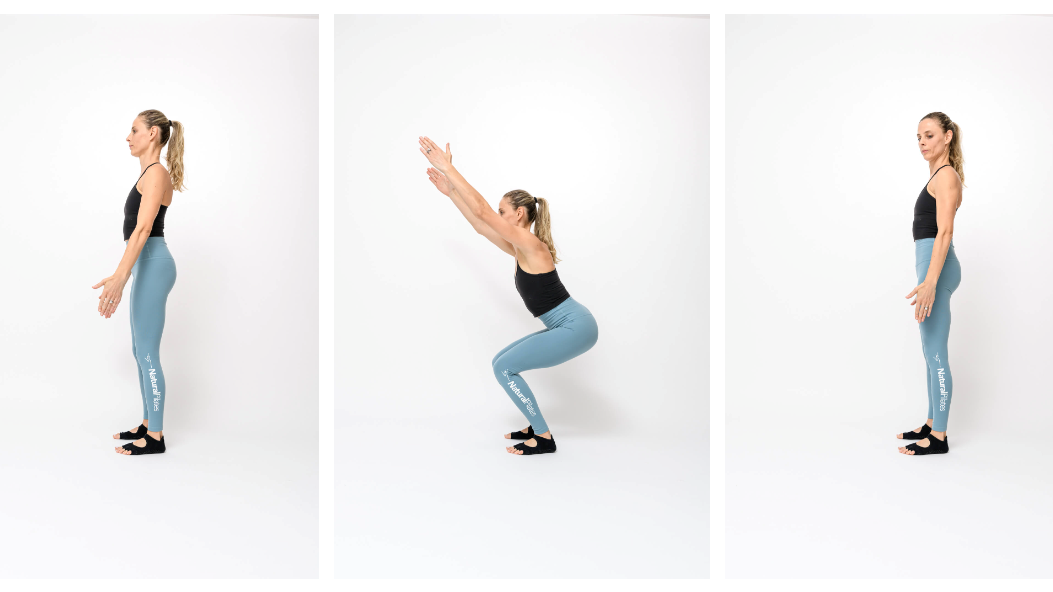
Squats are practically universally revered for strengthening your lower body while improving mobility, which can be limited if you do a lot of hiking and running, leading to pain.
Stand with feet hip width apart, hinge your hips back while maintaining a neutral spine and bending your knees forward. Inhale and hold at the bottom, then exhale and squeeze your legs to come back to standing, squeezing the glutes at the top.
Modification: For single leg squat prep: lift one heel up and continue with the squats, but keep the focus and center of mass over the grounded leg.
Julia Clarke is a staff writer for Advnture.com and the author of the book Restorative Yoga for Beginners. She loves to explore mountains on foot, bike, skis and belay and then recover on the the yoga mat. Julia graduated with a degree in journalism in 2004 and spent eight years working as a radio presenter in Kansas City, Vermont, Boston and New York City before discovering the joys of the Rocky Mountains. She then detoured west to Colorado and enjoyed 11 years teaching yoga in Vail before returning to her hometown of Glasgow, Scotland in 2020 to focus on family and writing.

